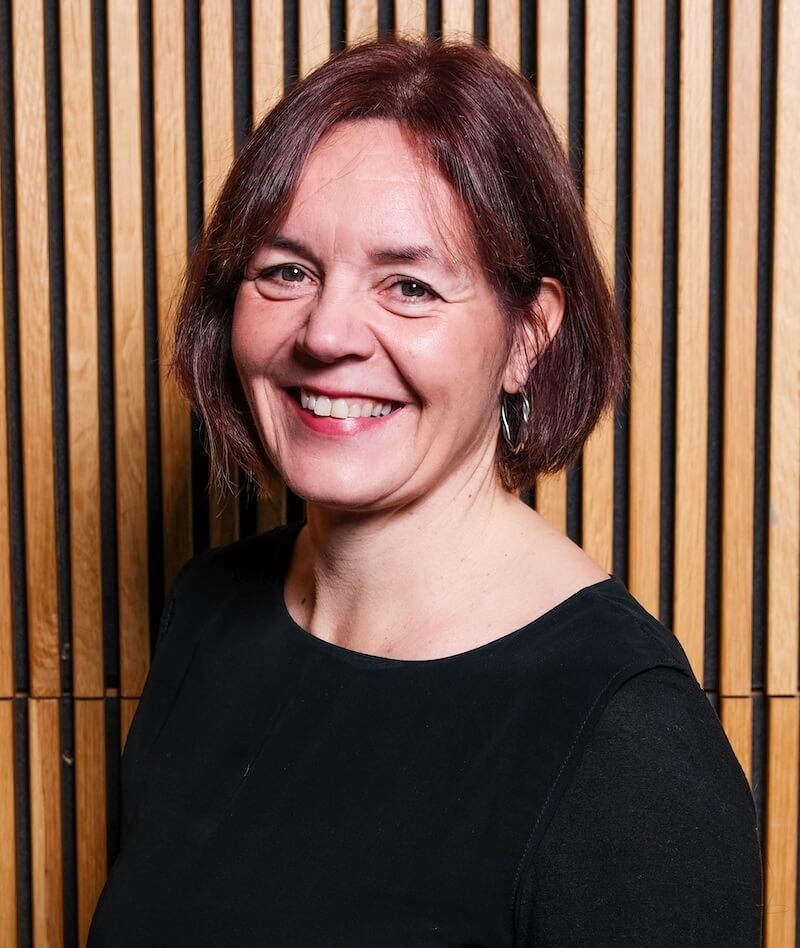There are over a billion people in the world with limitations of sight, hearing, mobility or cognitive visualization ability. Accessibility of digital services is a requirement of the EU and Finnish law, and an increasingly important objective that will by 2025 apply to the private sector in addition to public instances.
The requirements of the EU accessibility directive and Finnish law on digital services will expand to the private sector by June of 2025, by when also digital consumer products and services must be accessible. In Finland, neglecting accessibility can already lead to a public note from regional state administrative agencies.
In the future, also e.g. online shops, streaming services, smart phones, and self-service terminals must be accessible to all user groups including disabled people. As a public digital service developer, Gofore has offered accessibility services for some five years. Gofore was also asked to participate in preparing the Finnish law on digital services in 2021.

Gofore’s clientele consists of digital society instances and companies in the intelligent industry, all in the front line of accessibility development.
Gofore’s Head of Design Services Viljakaisa Aaltonen, why is accessibility so important?
– We think considering accessibility is about equality and human dignity. An accessible and functional service at its best means that a user can – perhaps for the first time in their lives – manage their own affairs, for example on the website of their city or tax office, or e.g. apply for a job. It’s all part of a positive, wider societal inclusion development to equalise the right to all public services.
Accessibility is a wonderful chance for Gofore to do ethical, impactful work and be a driver for a societal change in attitudes and culture. We feel that filling the minimum legal requirements or passing an audit is not enough, but instead services should be the kind that users want to use. Accessibility should be considered in all design from the very beginning.
Is this trend already visible on our tender base?
– Yes, and has been increasingly so for a longer time, especially in our Digital Society sector, i.e. societal digitalization. We have a number of frame agreements purely on accessibility and usability. In addition, accessibility should be considered in all public sector digital projects.
Our designers and developers are experts in developing accessible services, but we also want to be of even more comprehensive help to our customers in taking this into account.
Can we see an increasing movement in the private sector yet?
– We’re not yet seeing a rush as such, but a hike in demand is possible too, as the deadline of June 2025 approaches. We will also be more proactive in the sales of private sector accessibility services now that we have recently invested in our expertise even more than before.
How have we prepared for the potentially rising demand?
– We have strengthened our expertise and recently recruited some top talent in accessibility. We also prioritise inclusivity in our recruitment, thanks to which we can learn a lot from our own colleagues who may e.g. use a screen reader.
We intend to continue to recruit experts who represent special groups and develop the accessibility of our recruitment in the process. In addition, we have an excellent partner, a Finnish accessibility-focused consultancy and design agency called Avaava Digital Oy.
What kind of a business opportunity is this for us?
– We have a very good market position and an excellent team for this growing area. Now that accessibility will start activating the society at a larger scale and there is a deadline for making it a reality, the business potential is substantial.
On top of societal and private services, there is much potential in all things related to our Intelligent Industry sector; combining physical user portals and digital services and making them more accessible. A digital service is not a standalone thing independent of everything else, but instead it supports the whole that also encompasses the physical world.
For example, in retail and transport, there are various service channels and paths that have both digital and physical touchpoints (online shops, mobile, self-service checkouts and machines, ticket sales, traffic data etc.). These combinations have not so far been thought through as accessible. All in all, there is plenty of work to do in both public services and private sector for years to come!
Emmi Berlin
IR Lead
Gofore
